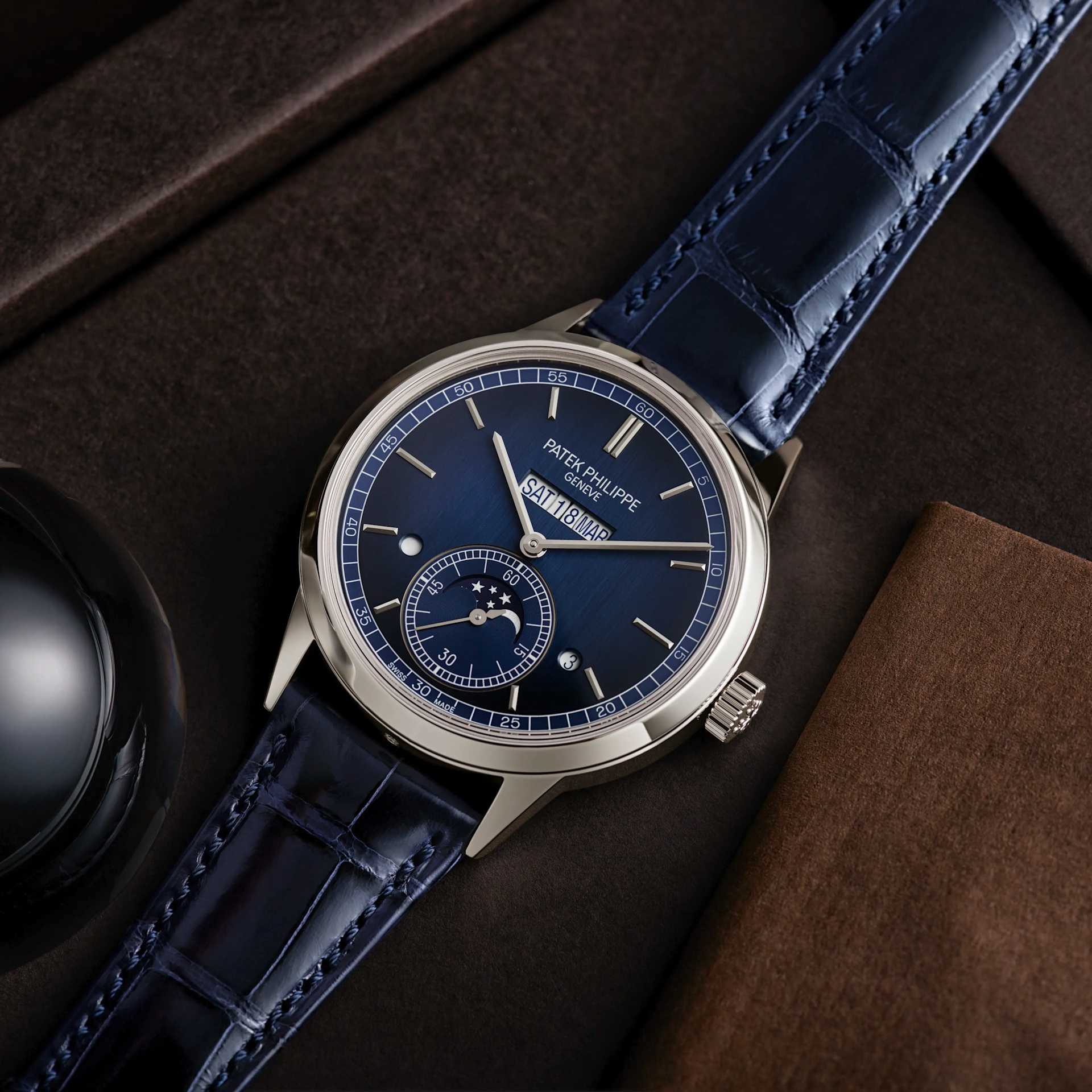Gondolo Serata
A novelty set with spessartites and featuring a sapphire crystal dial adorned with a zebra motif.
A novelty set with spessartites and featuring a sapphire crystal dial adorned with a zebra motif.
Time is invaluable, as is your talent. By joining Patek Philippe, you can contribute to the enduring success of an independent, family-owned Manufacture.
As heir to the grand Geneva tradition, we have been safeguarding centuries-old Rare Handcrafts since 1839.


